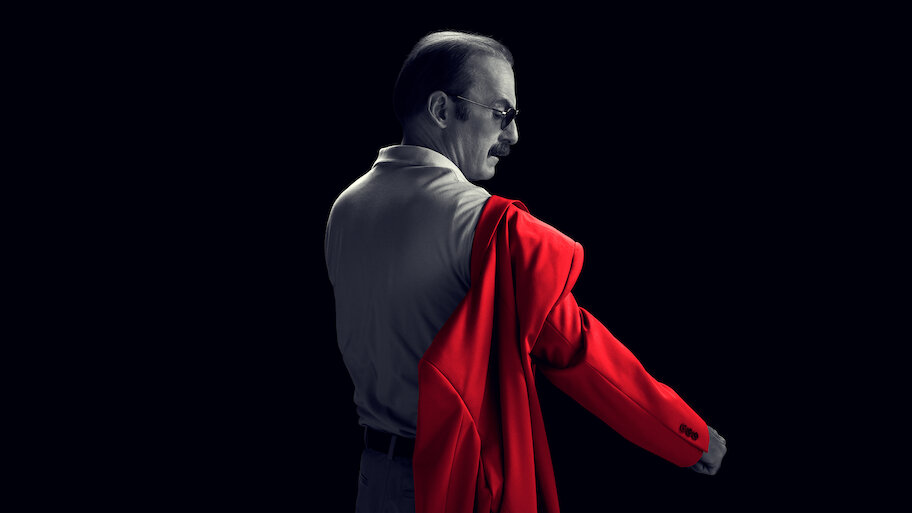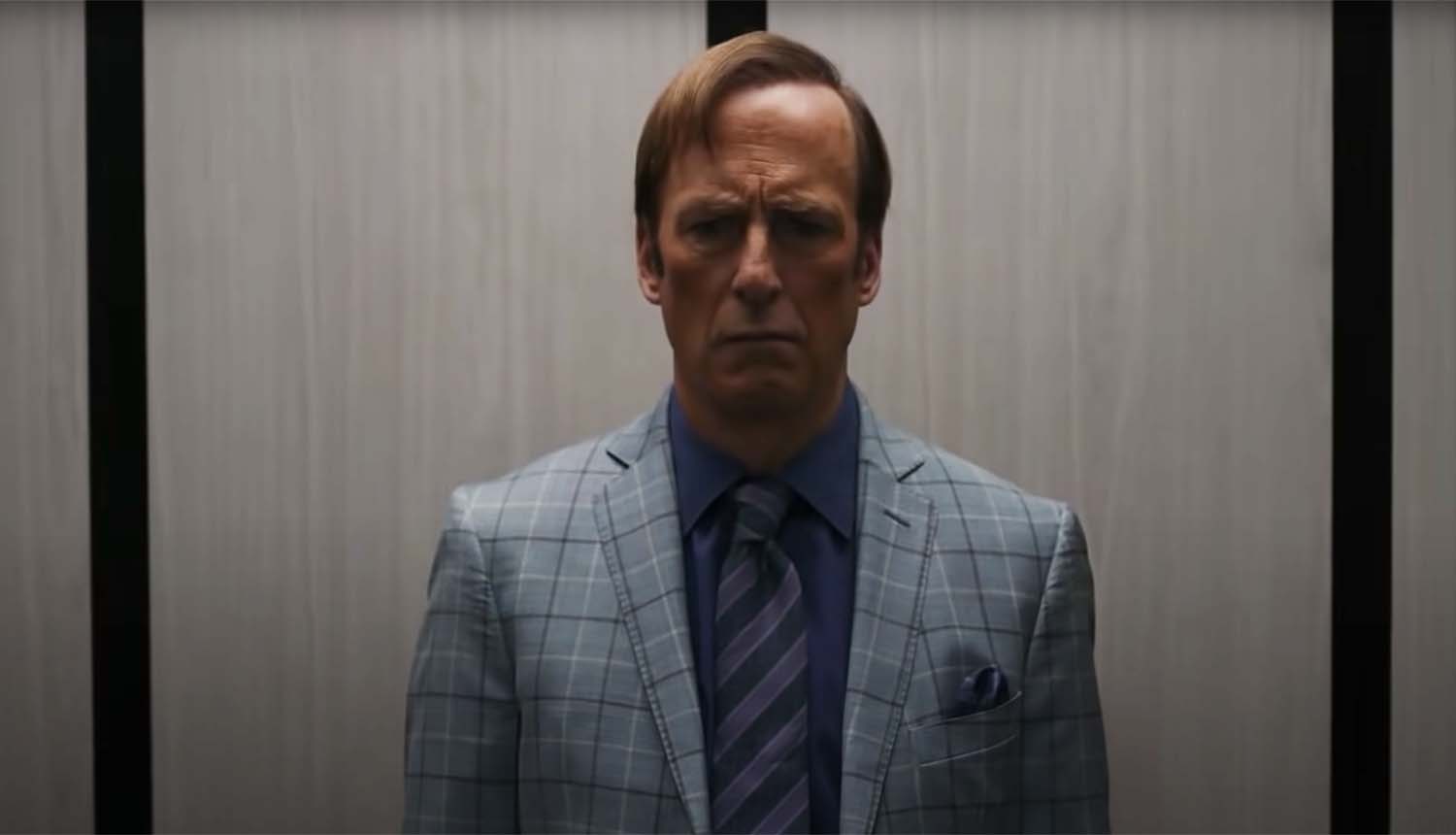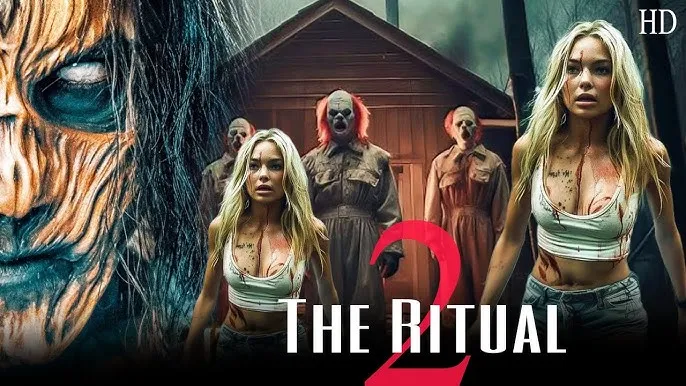The Tragedy and Transformation of Jimmy McGill: A Closer Look at Better Call Saul
Vince Gilligan and Peter Gould’s critically acclaimed drama Better Call Saul stands as a rare achievement in television: a prequel that not only lives up to, but in some ways surpasses, the legacy of its parent show, Breaking Bad. First airing in 2015 and concluding in 2022 after six intense seasons, the series traces the slow, inevitable transformation of struggling lawyer Jimmy McGill into the ethically flexible criminal attorney Saul Goodman.
At its core, Better Call Saul is a tragic character study. While Breaking Bad explored the corruption of Walter White through ambition and ego, Better Call Saul tells a quieter, more painful story — one of longing, insecurity, and the search for identity. Jimmy McGill, played masterfully by Bob Odenkirk, begins as a man desperate for legitimacy, haunted by his past and constantly dismissed by his more respectable peers — especially his brother, Chuck McGill, a respected attorney who cannot believe Jimmy deserves redemption.

The early seasons focus on Jimmy’s efforts to build a law practice while dealing with Chuck’s growing mental instability and disdain. Chuck, played by Michael McKean, becomes one of the most quietly devastating villains on television — not through malice, but through a belief that rules matter more than love. Their toxic sibling relationship lies at the emotional heart of the series.
As Jimmy’s career and personal ethics begin to fracture, the show introduces its other great pillar: Kim Wexler, portrayed with stunning subtlety by Rhea Seehorn. Kim, a fellow lawyer and Jimmy’s romantic partner, is both his conscience and his greatest enabler. Her own gradual unraveling, as she walks a path of moral compromise, is as compelling and heartbreaking as Jimmy’s descent. By the final season, Kim and Jimmy’s choices have led to irreversible consequences, making their story one of the most complex and emotional in modern television.

What distinguishes Better Call Saul is its patience and restraint. It takes time to build tension, letting character decisions drive the plot rather than dramatic twists. The show also serves as a deep expansion of the criminal world first seen in Breaking Bad. Fan-favorite characters like Mike Ehrmantraut, Gus Fring, and Hector Salamanca return, not just as callbacks, but as fully fleshed individuals with motivations and arcs of their own. The blending of legal drama with cartel politics is seamless, and the writing always maintains a slow-burn intensity.
Visually, the show is a masterpiece of composition and atmosphere. From the dusty landscapes of New Mexico to the sterile corporate offices of Albuquerque’s legal elite, every shot is deliberate, and every frame tells a story. Combined with a haunting score and sharp dialogue, Better Call Saul creates a tone that is meditative, suspenseful, and often deeply sad.
By its conclusion, Better Call Saul has not only earned its place alongside Breaking Bad, but has carved out its own unique identity. It’s a story of good intentions drowned by bad decisions, of people who cannot escape who they truly are, no matter how hard they try. It’s not just a prequel — it’s a tragedy, a love story, and a character portrait of rare depth and humanity.



